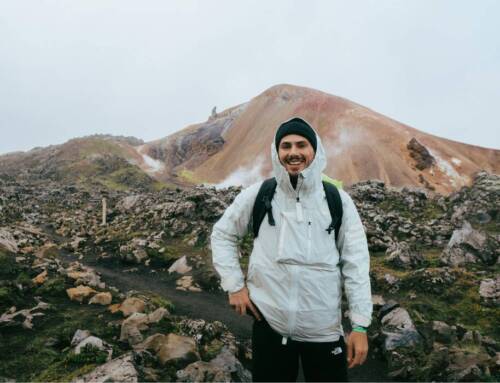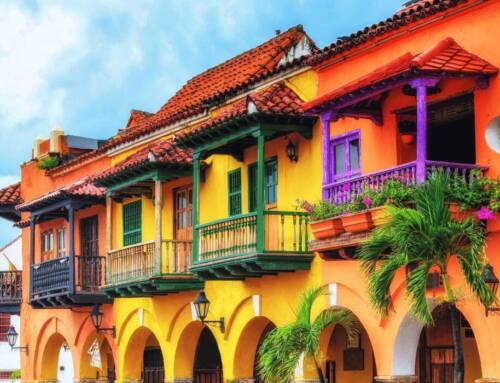Ecuador is one of South America’s most captivating destinations, offering dramatic landscapes and vibrant culture in a compact country. Within a few days, you can journey from the dense Amazon rainforest to the peaks of the Andes, or fly out to the Galápagos Islands, home to some of the most unique wildlife in the world.
Whether you’re hiking at 4,000 meters above sea level, wandering through colonial cities, or surfing on the Pacific coast, Ecuador blends natural beauty with adventure. At the same time, like with any international trip, it’s essential to have reliable travel insurance to safeguard against unexpected health issues, delays, or disruptions along the way.
Index
Is Ecuador safe?
Like any destination, Ecuador has both safe and risky areas. For most travelers, the experience is overwhelmingly positive, especially in well-traveled tourist hubs. The Ecuadorian government recognizes the importance of tourism to its economy, and the Ministry of Tourism actively supports safe, sustainable travel.
That said, travelers should be aware of certain challenges:
- Crime: Petty theft, such as pickpocketing, is common in crowded areas. Some provinces, particularly Esmeraldas and Guayas, experience higher levels of violent crime.
Political demonstrations: Protests or strikes occasionally disrupt transportation and services. - Altitude sickness: Cities like Quito (2,850m) and Cuenca (2,500m) can cause dizziness, nausea, or fatigue.
- Infrastructure gaps: Major cities have reliable healthcare and police support, but rural areas may lack facilities or English-speaking staff.
With proper precautions, most tourists explore Ecuador safely, enjoying its diversity without serious issues.

Why travel insurance is essential
Travel insurance is not just a formality in Ecuador, it’s a necessity. Here’s why:
- Medical costs: U.S. health insurance rarely covers treatment abroad, and private hospitals may require upfront payment. Even minor illnesses can cost thousands.
- Adventure: Hiking, biking, or simply adjusting to high-altitude cities increases health risks.
- Travel disruptions: Flight delays, lost luggage, or cancellations can easily derail plans, especially when connecting to the Galápagos or Amazon regions.
- Civil unrest: Protests in certain areas sometimes force last-minute itinerary changes.
Without insurance, these problems can quickly turn a dream vacation into a financial and logistical nightmare.
Practical safety tips for travelers
To maximize safety during your trip, keep these tips in mind:
- Stay alert in busy areas: Markets, bus stations, and plazas are hotspots for pickpockets.
- Secure your belongings: Leave passports and valuables in hotel safes when not in use.
- Choose licensed operators: Whether trekking in the Andes or diving in the Galápagos, always go with certified guides.
- Acclimate to altitude: Spend a day or two adjusting in Quito or Cuenca, drink plenty of water, and avoid strenuous activity at first.
- Check local advisories: Stay updated on demonstrations, weather, and safety alerts.
- Use trusted transport: Book taxis through hotels or apps, especially at night.
- Carry insurance documents: Have a copy of your policy handy in case of emergencies.
Ecuadorians are famously welcoming, but being street-smart helps ensure a safe trip.
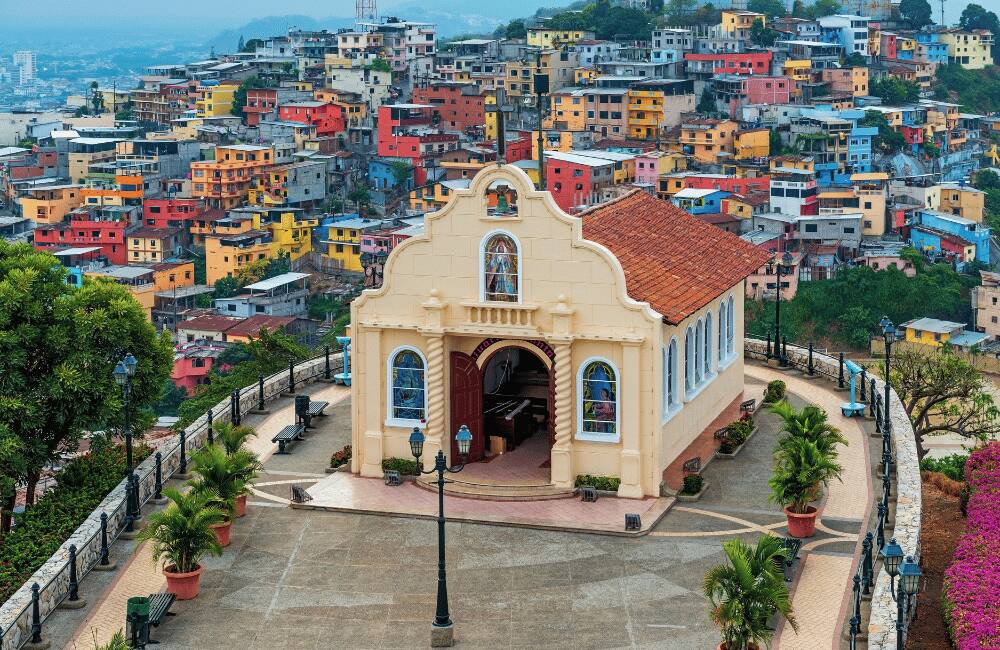
Ecuador vs. Mexico: A fair comparison
Travelers often ask: Is Ecuador safer than Mexico?
While both countries have risks, Ecuador generally has lower levels of violent crime compared to Mexico’s most dangerous areas. For example, regions like Acapulco or parts of northern Mexico frequently make headlines for cartel violence. In Ecuador, security concerns are more often tied to petty theft or localized unrest.
Ecuador’s smaller size and concentrated tourism infrastructure also make it easier for authorities to monitor popular destinations. However, safety cannot be guaranteed in either country, travel advisories and local updates remain essential tools for planning.
Ecuador’s relationship with U.S. travelers
Ecuador is considered one of the most U.S.-friendly countries in Latin America:
- Language: English is widely spoken in major cities and tourist hubs.
- Currency: The U.S. dollar has been Ecuador’s official currency since 2000, eliminating the need for exchange.
- Diplomatic ties: Relations between the two nations are stable, and Americans are generally welcomed warmly.
- Expat communities: Cities like Cuenca and Quito have thriving expat networks, offering familiarity and resources for long-term stays.
For U.S. citizens, entry is straightforward: most can stay up to 90 days without a visa, after routine checks.
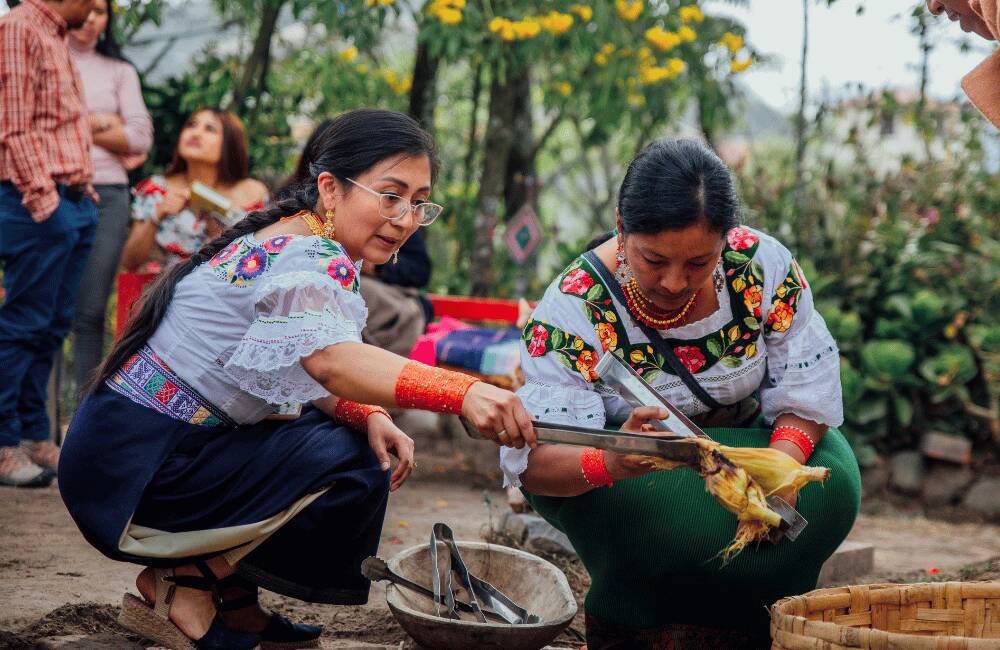
Safest cities in Ecuador
- Cuenca: Known for its colonial architecture, mild climate, and strong expat community, Cuenca consistently ranks as one of the safest cities in Ecuador. Violent crime is rare, and police presence is reassuring but not intrusive.
- Loja: A smaller, quieter city in southern Ecuador, Loja is clean, orderly, and community-oriented. Its lower crime rate makes it ideal for those seeking peace and authenticity.
- Quito & Guayaquil: These major cities are cultural and economic hubs with international airports. While they offer plenty to explore, they also require greater caution, especially at night or in certain districts.
Where to travel in Ecuador
Travelers tend to gravitate toward destinations that combine safety, natural beauty, and good infrastructure:
- Galápagos Islands: Famous worldwide for unique wildlife, strict conservation rules also ensure strong safety standards. Licensed guides are mandatory.
- Cuenca: Beloved by expats and digital nomads for its walkability, affordable living, and cultural events.
- Santa Elena & Salinas: Beach towns attracting retirees and families seeking relaxation. Safety varies by neighborhood, so research accommodations in advance.
- Quito & Guayaquil: Often transit points, but also popular for history, culture, and as gateways to the Andes, Amazon, and coast.
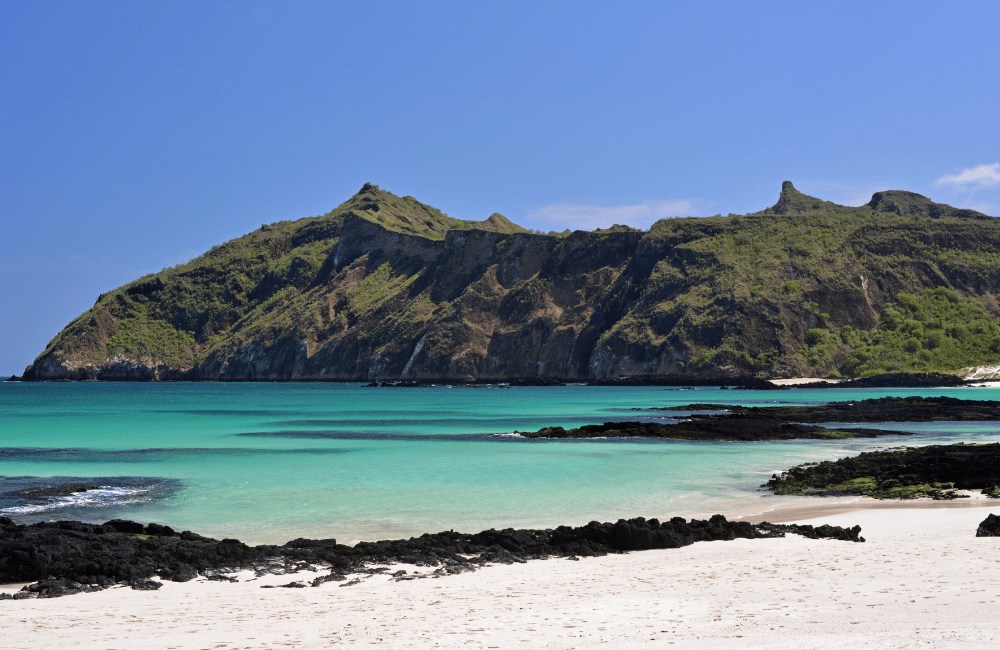
Why travel insurance is recommended
Heymondo Travel Insurance provides tailored coverage for travelers in Ecuador, including:
- Up to $10,000,000 in medical coverage for illness, accidents, or altitude sickness.
- 24/7 assistance via the Heymondo App, crucial in rural areas where English may not be spoken.
- Coverage for logistical issues like lost luggage, delayed flights, or trip cancellations due to unrest.
- Fast, flexible claim resolution for international travelers.
With Heymondo, you can explore Ecuador confidently, knowing both health and travel disruptions are covered.
Featured stories





